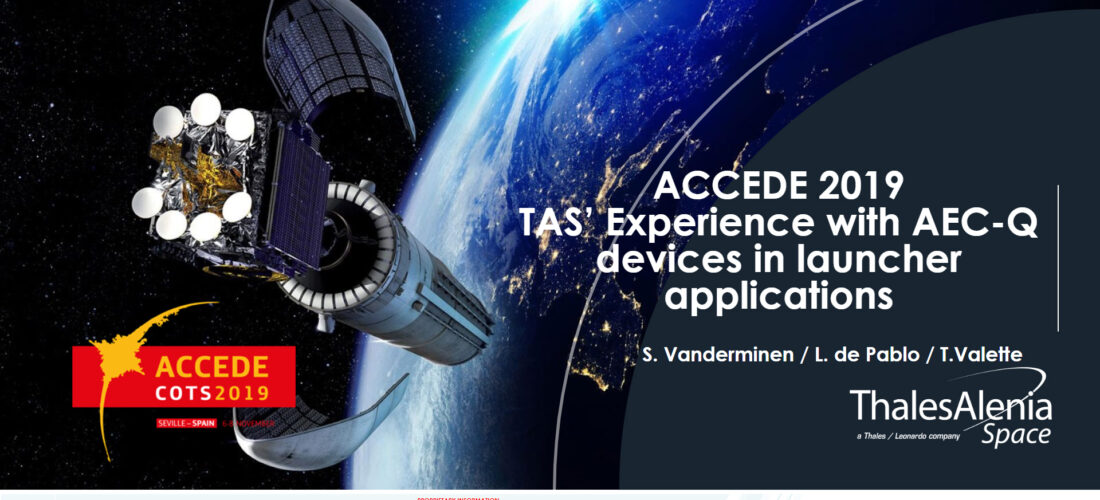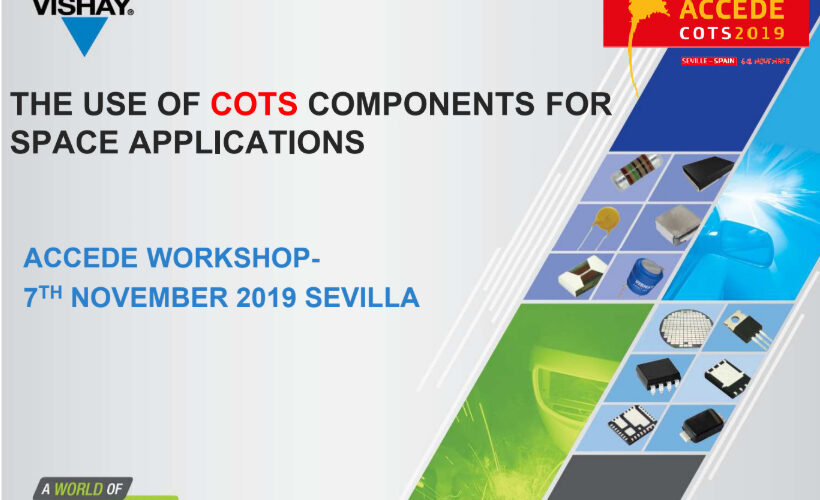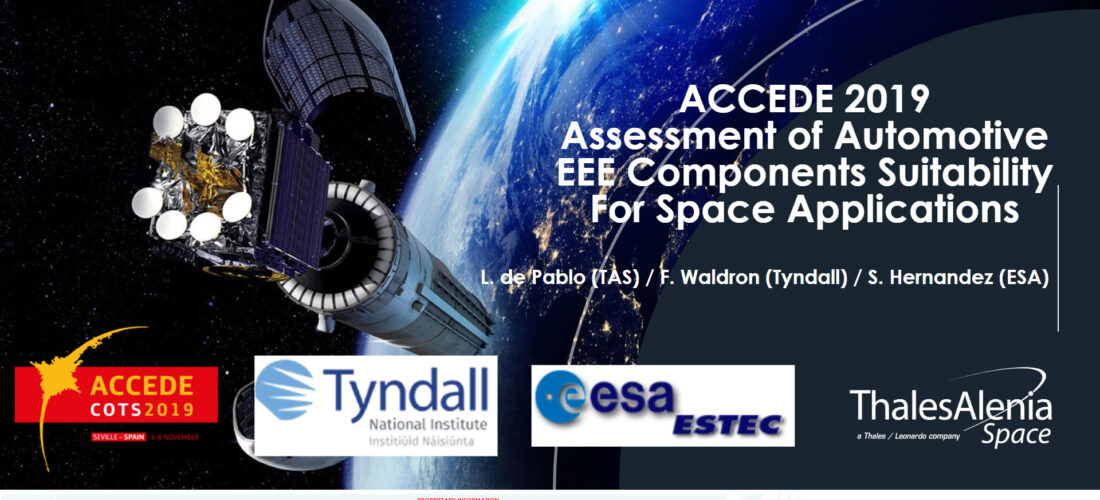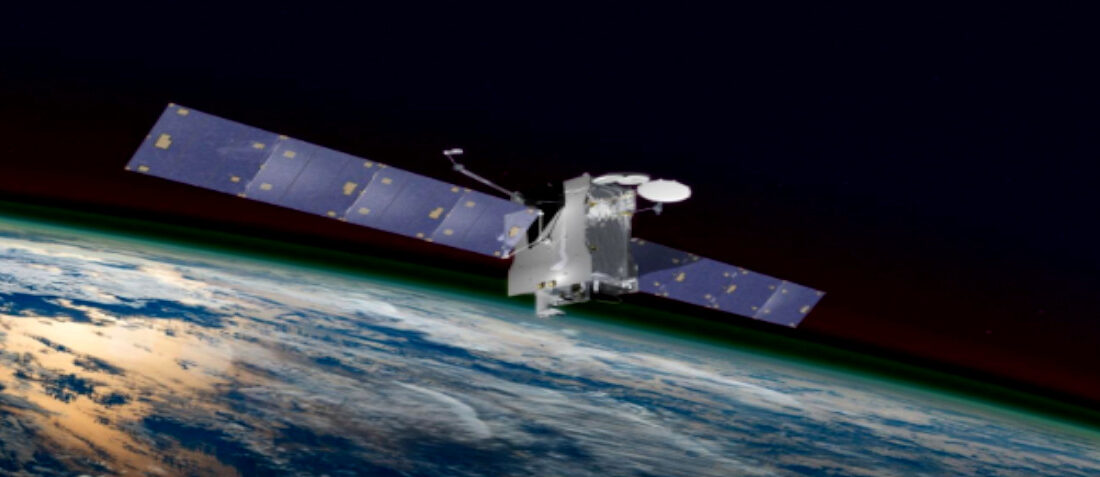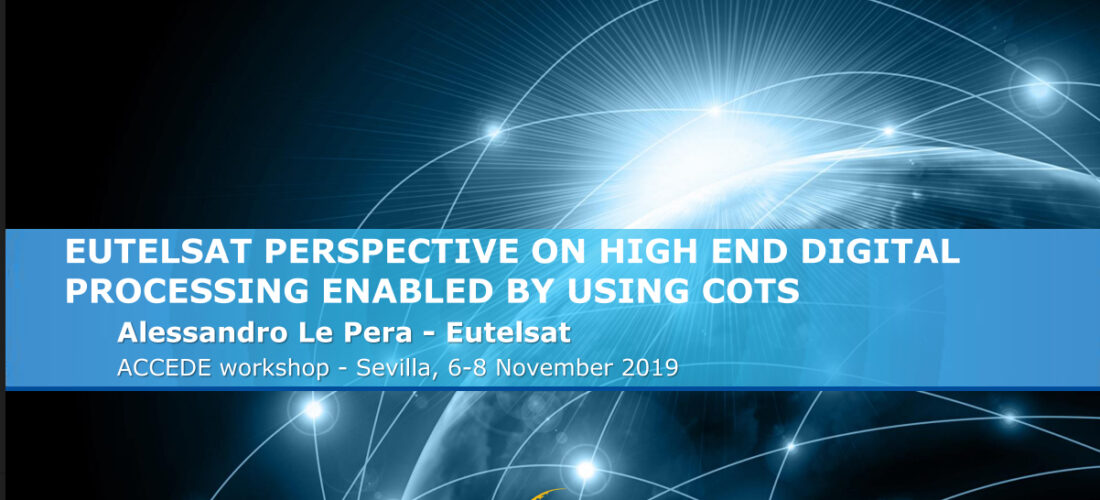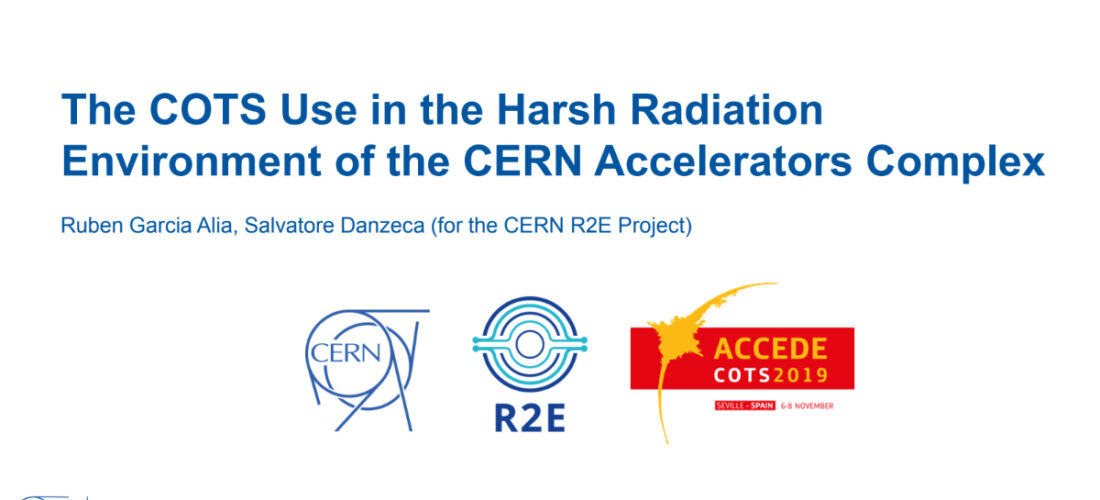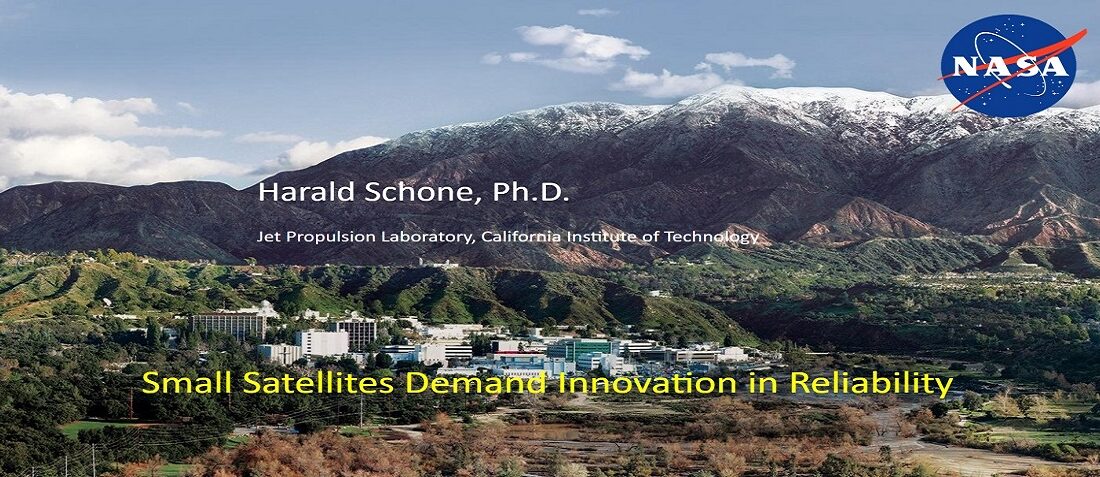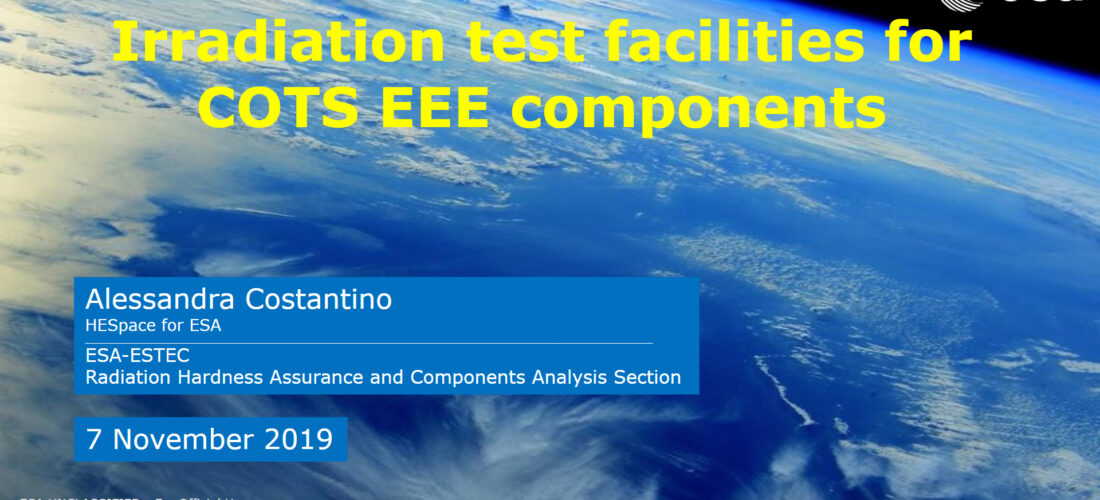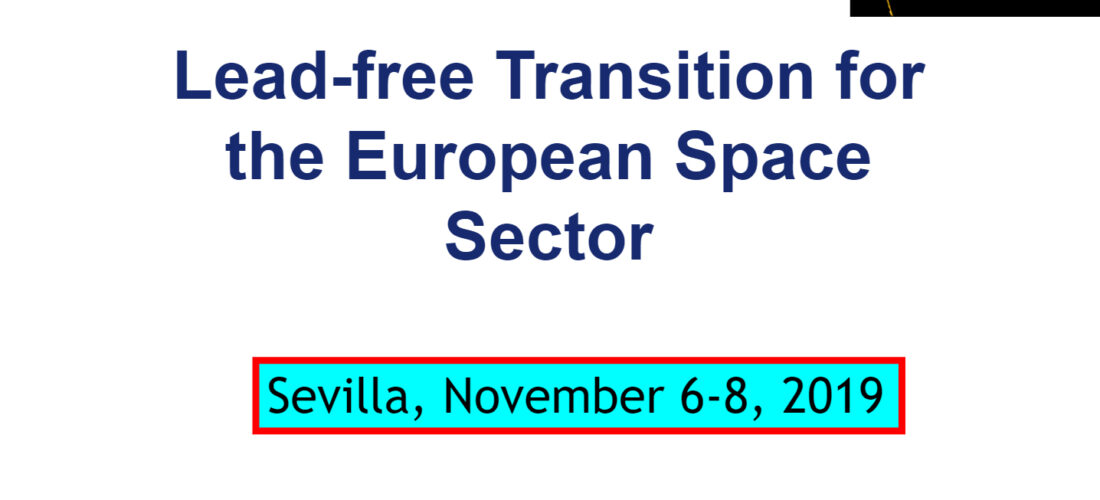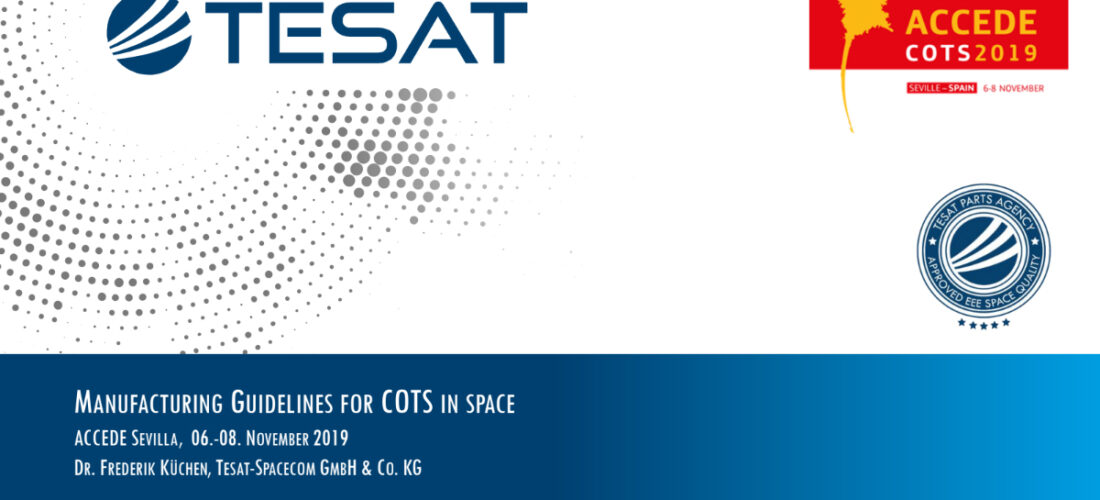TAS’ Experience with AEC Devices in Launcher Applications
- Posted by Luis de Pablo Martinez
- On December 3, 2019
- 0
This document will detail the TAS’s experience with automotive devices in the frame of launcher applications (Ariane-6 & VEGA). Main findings in constructional analysis (more than 90 constructional analysis done), incoming visual and Fischerscope and comparison with “Enhanced Plastic” Parts and Other COTS will be described. Extension of Constructional Analysis Table of ECSS-Q-ST-60-13C for RoHS application (e.g, solderability), and for active parts will be proposed. Experience with Manufacturer support for Reliability Data & PPAP report on AEC devices. Procurement lessons learnt with big suppliers (Arrow, Mouser, Digikey, Avnet, etc..) for traceability, lot homogeneity, packaging, storage, incoming, counterfeit, export license, etc. will be
also described.

